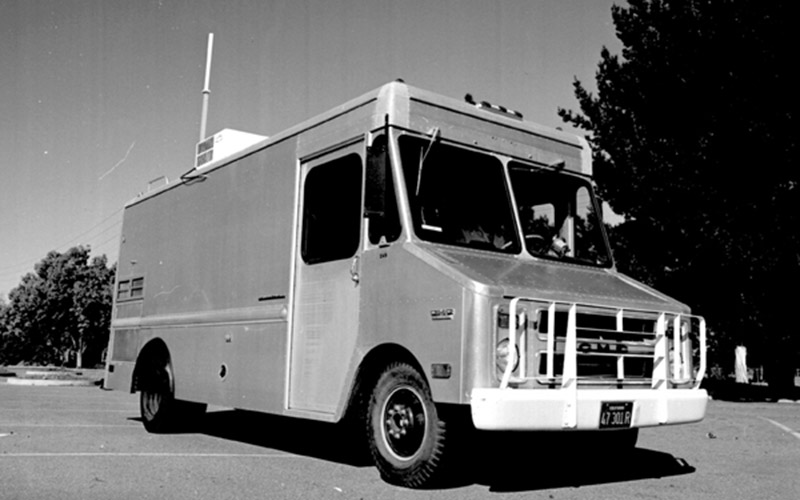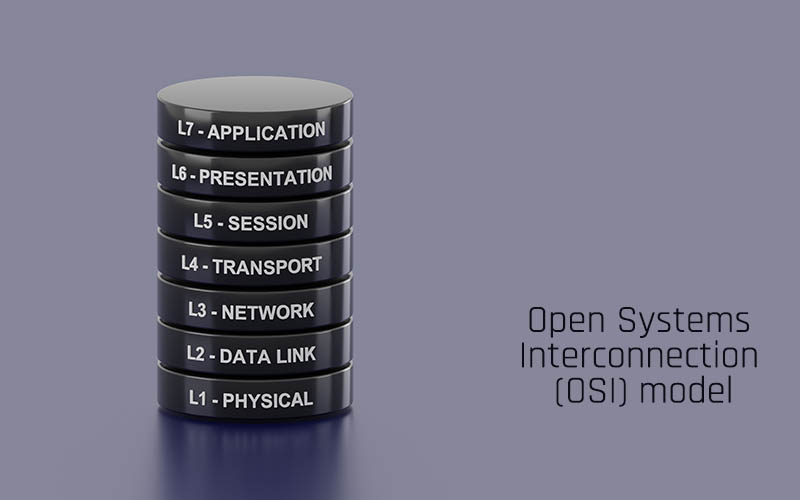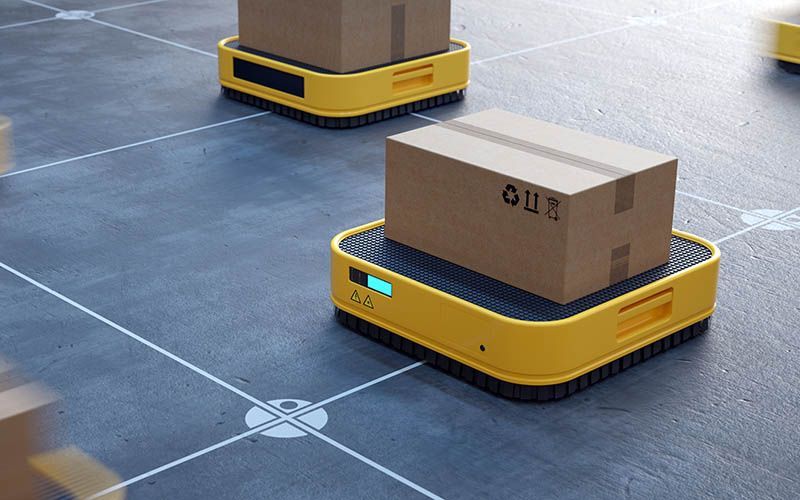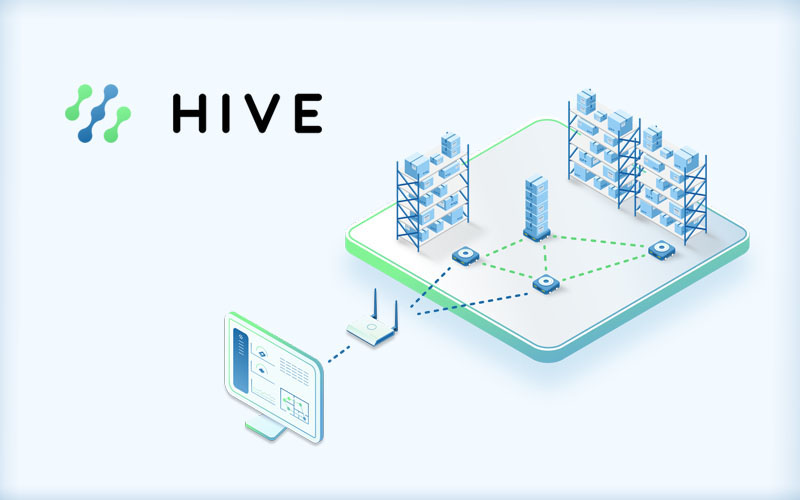
Welcome to the fascinating world of wireless mesh networking – an ingenious network topology where each node relays data. This blog post will take you through the historical development, intricate functioning, and varied applications of mesh networks.
Furthermore, it will shed light on Meshmerize, a groundbreaking wireless mesh networking solution that is setting to transform numerous industries. So, without further ado, let’s talk about mesh!
Stepping Back: The Origin of Wireless Mesh Networking
Born in the laboratories of the US military in the 1960s, the concept of mesh networks has since traveled a long way. Packet Radio Network (PRNET) is the earliest wireless data network sponsored by Defense Advanced Research Projects Agency (DARPA). Pioneers like Robert Kahn, Jerry Burchfiel, and Ray Tomlinson, collaborating with companies such as BBN and SRI International were the driving force behind these systems.
These early packet radio systems laid the foundations for the Internet we know today. The networks were built around a simple yet innovative idea. They utilized a flooding mechanism, where a message sent by one participant is repeated by everyone who receives it for the first time.

The Evolution: Routing Protocols & Ad Hoc Networks
As technology advanced, routing protocols became a key component of mesh networks. With a defined source and destination, routing protocols help find the best path from one device to another over multiple hops. Similarly to the Internet, the routing protocol forms the backbone of mesh networks.
Here is where Mobile Ad Hoc Networks (MANETs) entered the scene. These are infrastructure-less networks of mobile devices connected wirelessly, leading to the creation of spontaneous and on-the-fly networks. Their ability to form quickly and their decentralized nature make ad hoc networks perfect for emergencies like natural disasters or military conflicts. Think of a hurricane-stricken area where all the traditional network infrastructures got destroyed. The ability of MANETs to form quickly without the need for a central authority or infrastructure can be a real lifesaver.
The OSI Building: The Layers of Mesh Protocols
Picture a bustling, communicative city – every part interacting seamlessly, much like a network protocol suite. In this city, there is a superhero – the mesh network. Instead of forming a simple straight line or a circle, the mesh weaves a complex web of connections. Similar to a fisherman’s net. Each knot is a device, and each thread is a connection.

These network protocols have seven layers following the Open Systems Interconnection (OSI) model, a seven-story building of networking, where each floor is responsible for specific tasks. Now we’re on the 3rd floor, known as the network layer. The primary function of this layer is packet forwarding – it oversees the seamless routing of data packets.
For example, here we can find the Optimized Link State Routing Protocol (OLSR). It’s a proactive protocol that knows the best way to every destination in the network even before the need to send data arises. It is like having the roadmap of the entire city before you even step out of your house.
But there are other players in this story, such as Meshmerize. It’s a protocol that rather than working on the 3rd floor, has its office on the 2nd floor of our OSI building. This floor is the Data Link layer, which deals with data transfer across the network.
Think of it as the post office in our city. Meshmerize’s choice to operate on the 2nd floor is similar to a postman working directly with the houses’ addresses (MAC addresses, in this case). That way, it ensures a prompt and reliable letter (or data) delivery. The choice of operation on MAC addresses facilitates the delivery of industry-grade reliable wireless mesh networking solutions.

Looking Around: The Many Flavors of Mesh Networking
The world of mesh networks is broad and varied, ranging from open-source implementations to commercial and proprietary variants. Open source implementations like the OLSR, along with protocols like Babel and the Better Approach to Mobile Ad-hoc Networking (BATMAN), have found their use primarily with community networks.
Commercially, several AP manufacturers have integrated their own mesh technology. For instance, the Easy Mesh network is tailored for home use. While we’re at it, Ubiquiti caters to enterprise needs, but it can also be used as an Internet provider.
Some of these and other networking protocols have expanded their influence into the sphere of public safety. They are being implemented in crucial operations, including collaborations with military vendors and law enforcement agencies.
Introducing Meshmerize: The New Generation of Mesh Networks
Stepping into the arena of mesh networks is Meshmerize, providing industry-grade reliable wireless mesh networking solutions purpose-built for dynamic and agile systems. From industrial mobile robots to autonomous drones, Meshmerize ensures reliable and low-latency connectivity, using wireless mesh networks to accomplish that goal.
The strength of Meshmerize lies in seamless roaming, enhanced self-healing, traffic prioritization, and hardware-independent capabilities. Meshmerize is a software mesh solution that has the ability to support an existing network and provide ad-hoc connectivity.
With Meshmerize, many industrial sectors can witness profound transformations – from mobile robotics in intralogistics to drones, agriculture, and mining.

Meshing the Future
Mesh networks have already proven able to promise a future where stable connectivity is omnipresent, reliable, and seamless. By eliminating the need for centralized points of control and allowing for dynamic, self-healing connectivity, mesh networks represent a stepping stone toward a more connected world. As we all find ourselves in a world that’s growing more connected every day, the role of mesh networking and the part played by solutions like Meshmerize really come into focus.
So let’s talk about mesh, baby!
Meshmerize is a startup based in Dresden, Germany that provides the ultimate mesh network software to an array of industries. The full potential of Meshmerize is yet to be seen. We would like to hear your thoughts – let us know what you think at hello@meshmerize.net






